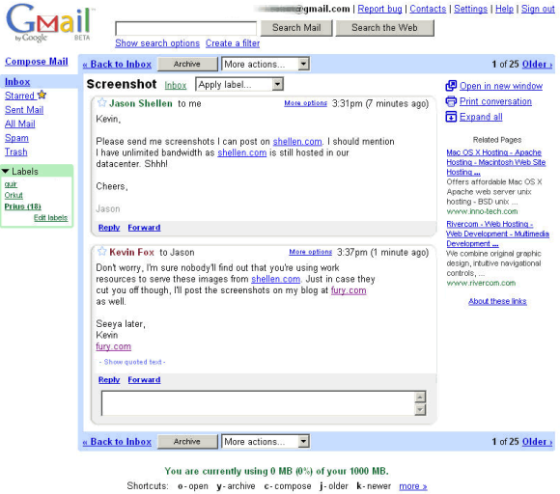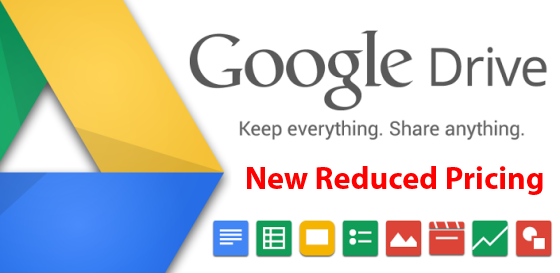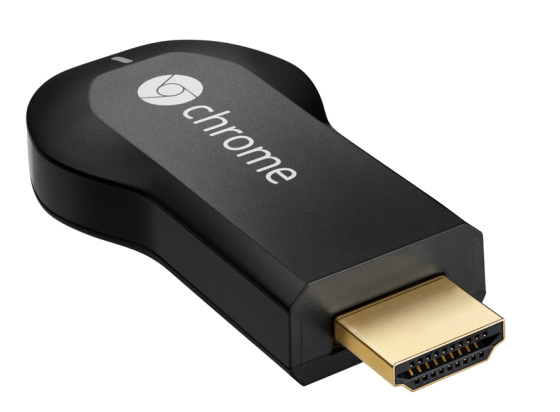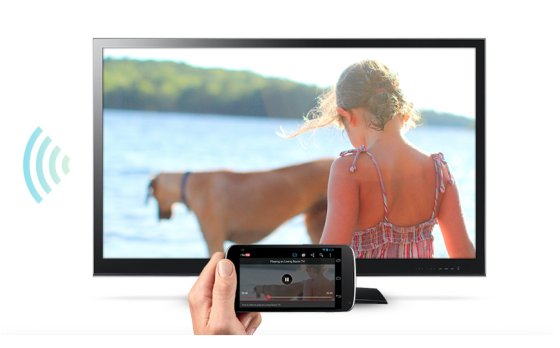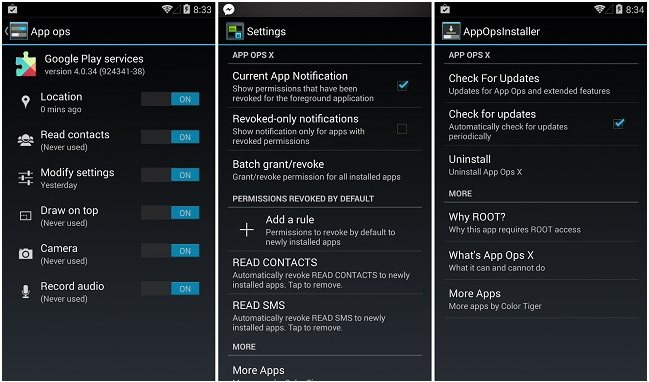What’s in a game? With more than a billion people using the Android operating system, we wonder what the future holds for gamers on this ubiquitous platform. With a 75% share of the market and a billion users, Android is the MVP player in the mobile game.
The latest iteration of the Android OS continues the list of alphabetical confectionary. Marshmallow was officially released last October and improves the Lollipop experience. A new version – Android N (nougat?) – is due in May. What can we expect?
FE FI FO FUM
On the official Android blog, there is a lot of talk about Project Fi. Project Fi is all about affordable, all-encompassing, wireless connectivity. By partnering with both networks and hardware providers, Project Fi promises an even more connected experience.
For gamers, this means never having to quit that winning streak or pull out of that poker tournament. Described by Google as the ‘network of networks’, there’s a good chance Project Fi will be a ‘promoted option’ on the Android OS of the future. Google will try to consolidate the world’s networks to benefit its users.
ID ME
In a connected world, we can be exactly what and who we want to be. We think the new Android OS will enable gamers to create truly unique online identities that can be used across multiple applications and websites.
Rather than access your favourite online casino or gaming site with a specific user name and password, unique to that particular client, you will use your generic Android Gamer ID.
The advantages of this could be both simple ‘one-stop’ banking and community-based play. It will be easier to find friends and be discovered. You can also develop an online reputation for your avatar and ID. Online casinos and gaming sites would need to sign up to the system.
GAME ON THE MOVE
Mobile gaming follows the hardware. As mobile devices get more complex, and more central to people’s lives, mobile gaming follows suit and gains in sophistication and ease of access.
Android will facilitate online casino gaming and support the shift from land-based to online action. As the hunger for tax revenues increases, more and more territories will give online gaming the green light.
AND FINALLY…
Significant jumps in mobile OS technology are far and few between. What is unrelenting – however – is ‘improvement’. All the recent Android updates have been mainly about enhancing and improving what’s already on offer.
Our prediction is an evolution of all aspects of the mobile gaming experience, from better online IDs, an environment with no disconnects, and more flexible access to the gaming experience you want. That’s what we’re betting on…








